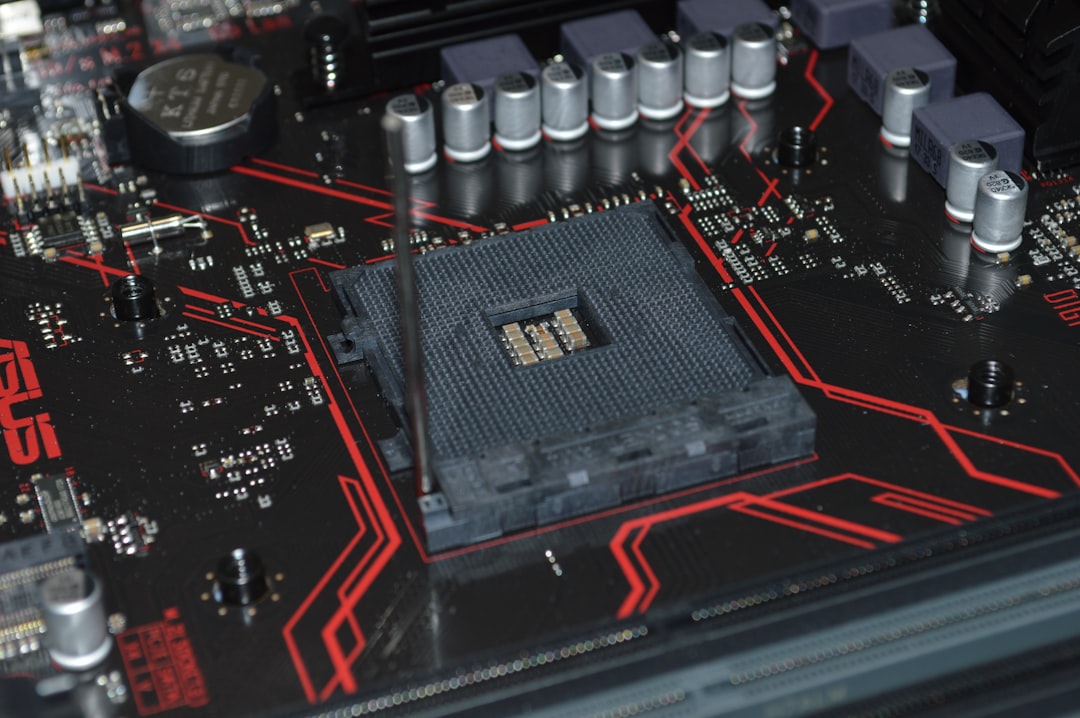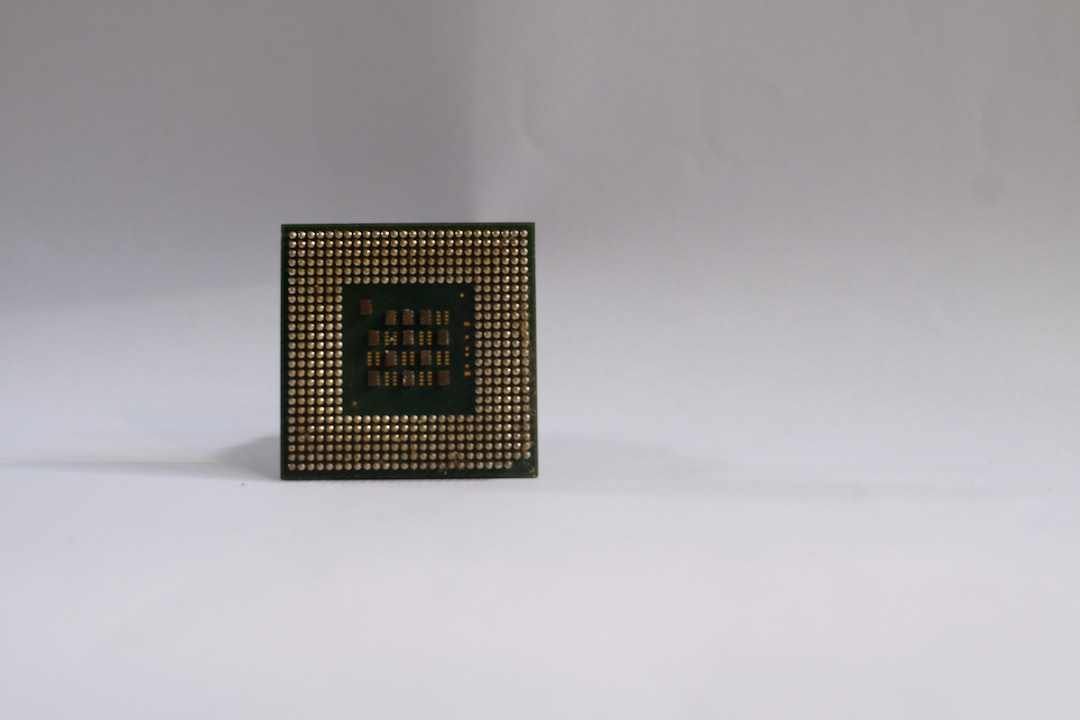As we step into 2025, the demand for high-performance computing continues to soar. Whether it’s gaming, 3D rendering, or crypto mining, managing heat is more important than ever to ensure system stability and prolonged hardware lifespan. An often overlooked yet critical component of optimal thermal management is thermal paste. Selecting the right thermal paste can be the difference between average and excellent CPU performance. With a booming market full of choices, how do you identify the best thermal paste in 2025?
What Is Thermal Paste and Why Is It Important?
Thermal paste, also known as thermal compound or thermal grease, is a thermally conductive substance applied between a processor (CPU or GPU) and a heatsink. Its primary role is to eliminate microscopic air gaps that naturally occur between these two surfaces, enhancing heat transfer to keep your hardware cool.
Without good thermal paste, heat doesn’t dissipate efficiently, leading to throttling, reduced performance, or even permanent damage. This makes choosing a quality paste a critical step—even if you’re not a hardcore overclocker.
Key Factors to Consider When Choosing Thermal Paste
There are several criteria you should evaluate before buying thermal paste:
- Thermal conductivity: Measured in W/mK (watts per meter-kelvin), this refers to how well the paste can conduct heat.
- Electrical conductivity: Non-conductive pastes are safer, especially for beginners.
- Durability: Some pastes retain their effectiveness longer than others, reducing the need for frequent reapplication.
- Ease of application: Some pastes spread more easily, making installation less messy.
Best Thermal Pastes of 2025
We’ve rigorously tested the top thermal pastes available this year across various performance metrics. Based on thermal conductivity, price, ease of application, and longevity, here are our top picks:
1. Thermal Grizzly Kryonaut Extreme
Best overall performance
Clocking in with a thermal conductivity of 14.2 W/mK, Kryonaut Extreme continues to dominate the high-performance sector in 2025. This non-electrically conductive paste is perfect for extreme overclockers who want to push their rigs to the limit.
Pros:
- Outstanding thermal performance
- Non-conductive and non-corrosive
- Designed for demanding environments
Cons:
- Expensive compared to others
- Requires frequent reapplication under extreme conditions

2. Arctic MX-8
Best for longevity
Newly released in Q1 2025, Arctic’s MX-8 builds on its predecessor’s legacy by offering better spreadability and slightly improved thermal conductivity at 9.0 W/mK. It’s ideal for long-term builds where you want a “set it and forget it” thermal solution.
Pros:
- Extremely durable with up to 8 years of effectiveness
- User-friendly and easy to apply
- Environmentally safe and non-conductive
Cons:
- Not as extreme as Kryonaut in raw performance
3. Noctua NT-H2
Best for beginners
Noctua continues to impress with their extremely user-friendly NT-H2 formula. While its thermal conductivity is a bit lower than the Kryonaut or MX-8, the application process is incredibly forgiving, making it ideal for first-time PC builders.
Pros:
- Comes with cleaning wipes for easy removal
- Great balance of performance and usability
- Excellent for air and water cooling setups
Cons:
- Slightly pricier than similar offerings
4. Cryonaut CarbonX
Best non-metallic compound
The newly launched Cryonaut CarbonX in 2025 uses advanced carbon nanoparticles to improve thermal conductivity to 11.5 W/mK while remaining fully non-conductive. It’s an innovation designed for enthusiasts who prefer advanced materials without the risks of liquid metal compounds.

Pros:
- Cutting-edge carbon-based formula
- Safe and non-conductive
- Great for high-end gaming or workstations
Cons:
- Premium-priced
5. Cooler Master CryoFuze Violet
Best budget option
For users who want a decent thermal paste without breaking the bank, CryoFuze Violet offers reliable thermal performance at just under $10. With its visually appealing hue and reliable conductivity, it’s a perfect entry-level thermal paste that doesn’t compromise much in quality.
Pros:
- Great price-performance ratio
- Visually attractive violet color
- Easy to apply and remove
Cons:
- Not suitable for heavy overclocking
What About Liquid Metal?
Liquid metal compounds like Thermal Grizzly Conductonaut still outperform traditional thermal pastes with conductivities beyond 70 W/mK. However, they’re electrically conductive and can cause shorts if misplaced. These are best reserved for advanced users willing to take extra care during application.
For most people, the top thermal pastes mentioned above offer more than enough performance, especially since liquid metal requires flawless application and often invalidates warranties.
How to Apply Thermal Paste Properly
Using even the best thermal paste incorrectly can hinder its performance. Here are some common practices:
- Clean both CPU and heatsink surfaces using isopropyl alcohol before applying new paste.
- Apply a small pea-sized dot in the center of the CPU. Let the pressure of the cooler spread it evenly.
- Don’t overapply—excessive paste can cause thermal inefficiency or even damage in the case of conductive solutions.
Following these methods ensures the best possible thermal interface for your setup.
Final Verdict
There’s no one-size-fits-all answer to the question of the best thermal paste in 2025. Each has its strengths depending on needs and budget. Here’s a quick recap to help you decide:
- Best overall: Thermal Grizzly Kryonaut Extreme
- Best for long-term builds: Arctic MX-8
- Best for beginners: Noctua NT-H2
- Best new tech: Cryonaut CarbonX
- Best on a budget: Cooler Master CryoFuze Violet

Incorporating the right thermal paste into your PC build ensures your processor performs at its peak without thermal throttling—even under heavy loads. Whether you’re cooling a powerful gaming rig, a compact HTPC, or a render farm workhorse, choosing one of these top thermal pastes will make a considerable difference in performance and longevity.